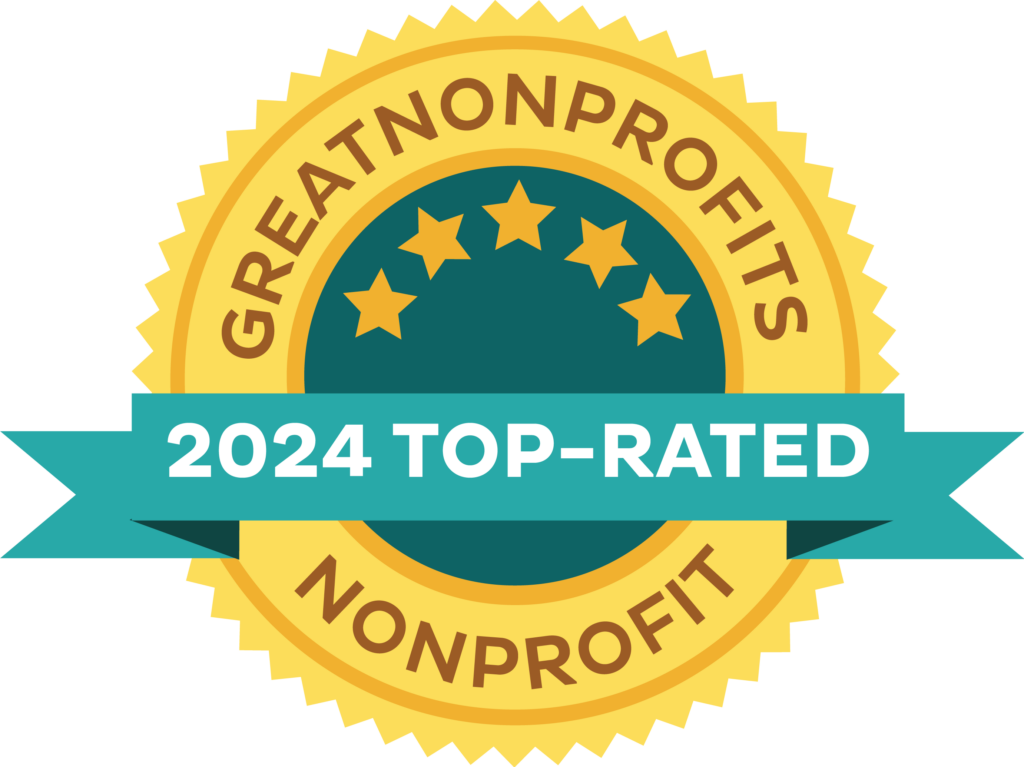Once you’ve decided to invest your money, you still need to decide what type of investment you want, which is determined by your investment goal(s). Investment funds typically fall under the category of either growth or income. Commonly, these two investment objectives compete with one another. If your goal is growth, investors want all earnings kept in the asset since this allows the investment to grow faster (called “compounding”) while income investors want profits returned to them as income.
Growth Investors
Growth investing is focused on buying appreciating assets, meaning you obtain assets you expect to increase in value. It takes time for assets to increase in value, so growth investing is considered a long-term strategy. You may have heard the term, “buy and hold.” If you bought $1,000 (at $18 per share or about 55 shares) of Amazon in 1997, and held that stock, today that holding would now be worth more than $2 million. Certainly, not all companies are this successful, but this example underscores the value of “buy and hold.” This is the essence of growth investing. “Technology stocks,” like Amazon, are a favorite among growth investors, but other growth assets include bonds and real estate. For example, your home is probably worth more today than when you bought it, right? Even if you invest in stocks that pay dividends you have the option of reinvesting those dividends in the assets and not taking them as income.
Younger investors, with a higher risk tolerance and an objective of building wealth, are typical growth investors. They have what is referred to as a “long investment horizon,” which simply means they have time on their side for investments to appreciate.
Income Investors
Income investors need the investment assets they have purchased to produce dividends and/or interest that they can “harvest” as income. Stocks and mutual funds that pay dividends, bonds that pay interest, real assets (like rental property) that pay rents and high-yield savings accounts are all examples of income investments. The trick is designing a portfolio that provides dependable income which, for example, retirees can count on. You may have heard the term “fixed income,” which is what someone late in life lives on.
While these investment goals may seem incompatible, growth and income investing aren’t mutually exclusive. Some of the best investments provide the opportunity to earn both types of returns. Many retirees have some of their portfolio in growth assets while they only take the income they need from the income-producing investments in the portfolio.
Growth vs. Value Investing
When choosing stocks or stock mutual funds for your portfolio, you will find they fall into two basic styles: growth and value. Growth investors look for fast-growing companies they expect to continue to grow at above-average rates. These are often, but not always, young companies (like Amazon in the late 90’s). Growth companies, because they are young, typically do not pay a dividend. Growth stocks are typically more volatile than the broader market. So, buyer beware.
Value investors are interested in companies they think are trading under their intrinsic value. They have fallen “out of favor” for some reason. Buying undervalued assets and selling them when they eventually become more fairly valued produces a profit. This type of investment can take longer to appreciate, but it’s considered somewhat less risky than the broader market. Usually, value stocks are well-established companies that do pay dividends. Having this dividend is quite nice, especially when the stock market is flat or under-performing (about 25% of the time). Again, the dividend can be re-invested if you are a growth investor or used for income if you are an income investor.
Growth and value investing styles complement each other well and having both can lead to a more balanced equity allocation in your portfolio.
Alternative Investments
There is an asset class, called “alternative investments,” that is worth a mention. Alternative investments can be growth, income, or both growth and income investments. What makes them unique (and often more costly) is that they often behave contrary to both the stock and bond markets. This simply means that when stocks (growth or value) are out of favor (the market is down), alternative investments may be appreciating. When the bond market is out of favor, as it is currently (bond prices fall when interest rates rise), alternative investments may be behaving just the opposite. Some alternative investments produce much higher interest than bonds or real estate; this should tell you that alternatives may by riskier than bonds or real estate.
Your portfolio may benefit from having a small allocation of alternative investments in addition to stocks, bonds, and real estate. Be sure you understand the investment and all risks entailed before committing any money to any alternative investment.
Should I Invest in Growth or Income?
The answer to this question depends on your stage in life, your risk tolerance, and your investment objectives.
If you’re younger and still desire to grow your nest egg, then focus on growth investments. If you are approaching retirement age and feel an all-growth portfolio is too risky, perhaps it’s time to have both growth and income investments. Later, in retirement, where the thought of losing any money at all gives you cause to shudder, your focus should be on safer, income investments.
Diversifying your investments is always a smart idea. Investing for both growth and income provides a balanced portfolio with the potential to make high gains with less risk of losing your hard-earned money.





